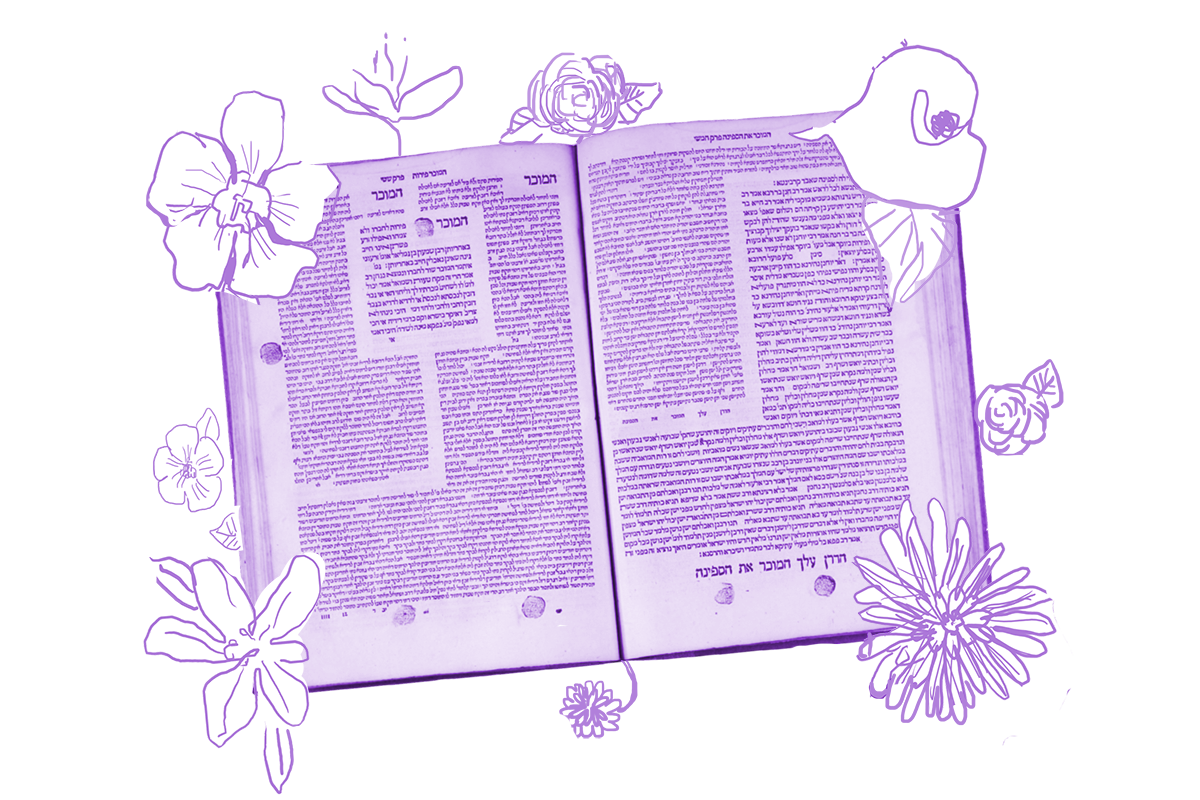Thus far, the second chapter of Eruvin has been mostly focused on how to enable the drawing of water from a well on Shabbat. As we’ve seen, the laws of Shabbat forbid transferring objects between public and private domains. Because the rabbis considered a well intrinsically private, and the area around it is public, this restriction makes water challenging to provide on Shabbat. So the Gemara teaches that water can be collected on Shabbat if an eruv is built around the well.
On today’s daf, the Gemara shares a question about such an eruv that is both practical and philosophical:
Abaye asked Rabba: If the water in the cistern dried up on Shabbat, what is the law? Is it still permitted to carry between the boards of the eruv? Rabba said to him: The boards are considered a valid partition only on account of the water; since there is no longer any water here, there is also no longer a valid partition here.
The reasonable chance that a well might dry up on Shabbat provides occasion to ask whether the boards that mark the eruv are still operative if the well is no longer functional. Given the Talmud’s lengthy focus on eruv construction, one might think that the eruv is primary and that once it’s built, it remains valid even if the underlying purpose for which it was built no longer applies.
But according to Rabba, it is the well that determines the validity of the eruv. Once the well isn’t functional anymore, it voids the eruv that has been built around it. Rabba may have been concerned that people would exploit the leniencies that the eruv permits, so he teaches: Don’t forget the purpose of the eruv. That’s what matters.
With your help, My Jewish Learning can provide endless opportunities for learning, connection and discovery.
Abbaye’s colleague, Ravin, then asks a follow-up question: What if it rains on Shabbat and the well that had previously run dry is now operating again? Abaye then provides the answer:
This is a case of a partition erected on Shabbat, and it was already taught in a baraita: Any partition erected on Shabbat, whether it was erected unwittingly, or whether intentionally, whether by unavoidable accident, or whether willingly, it is called a valid partition.
Abaye understands the shift in the eruv’s status in this hypothetical to be a kind of construction on Shabbat. Since we learned from Rabba that the emptying of the well effectively deconstructs the eruv, the refilling of the well might be similarly seen as building a new one. And since construction isn’t typically permitted on Shabbat, we might conclude that the eruv isn’t permitted either.
But Abaye teaches that if the well resumes its original functionality, the accompanying eruv resumes its validity. He does so by drawing on a principle articulated in Tractate Shabbat, that a partition unintentionally erected on Shabbat is a valid partition. Since the “reconstruction” of the eruv was unintentional, the eruv can be used.
This daf is a helpful illustration of how the complexity of Jewish law often requires the ability both to be purposeful and to adapt to changing circumstances.
Read all of Eruvin 20 on Sefaria.
This piece originally appeared in a My Jewish Learning Daf Yomi email newsletter sent on August 29, 2020. If you are interested in receiving the newsletter, sign up here.



